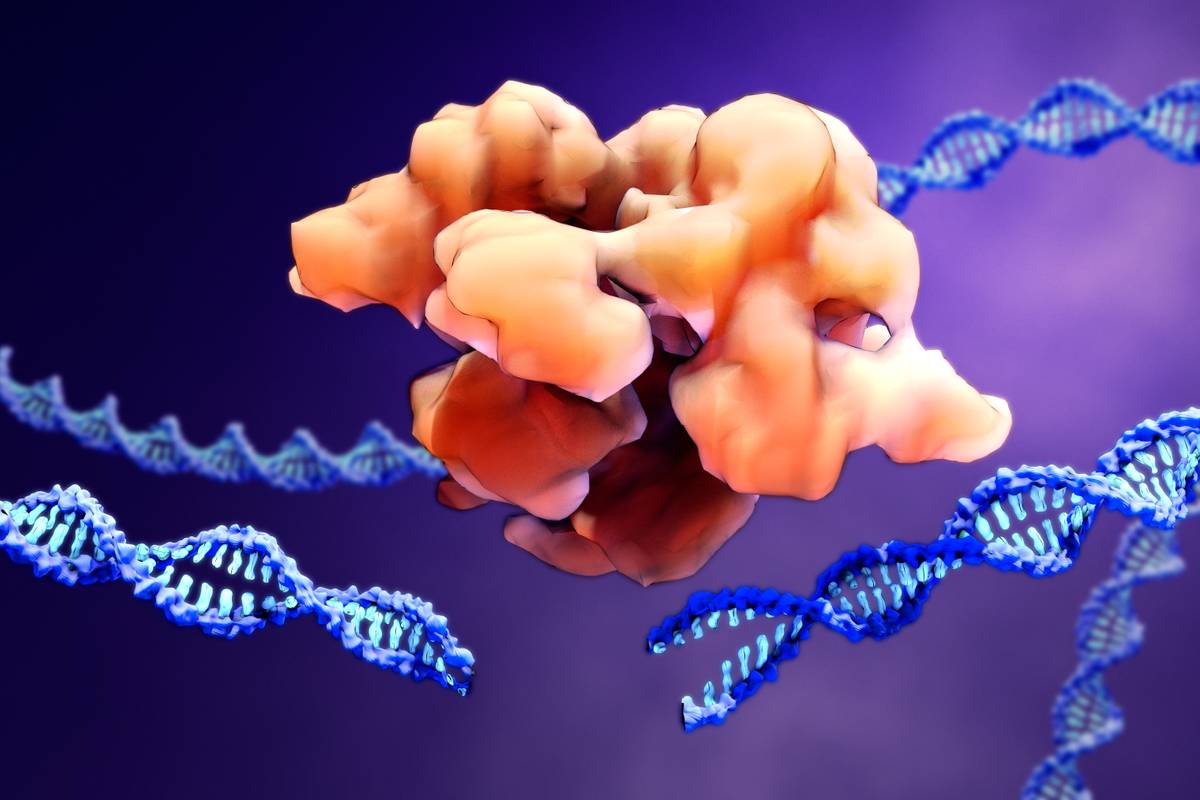You are viewing a preview of...
CRISPR-Cas system for gene therapy
System of auto-inactivating genetic modification and reduced off-target activity, acts in non-replicating cells, such as neurons

Background
For most monogenic diseases, treatments are either not available or merely symptomatic. Furthermore, the widespread use of CRISPR-Cas9 based therapies is hindered by the risk of non-specific genome alterations (off-target activity). The proposed CRISPR-Cas9 system characterized by a reduced off-target activity consists of two viral particles encoding a guide RNA (gRNA) recognizing the region of the mutated DNA, and a donor sequence as template to correct the mutation. The above system is applicable in personalized gene replacement therapy of monogenic diseases such as Pompe disease, Rett syndrome, Alport syndrome and Parkinson disease.
Log in or create a free account to continue reading